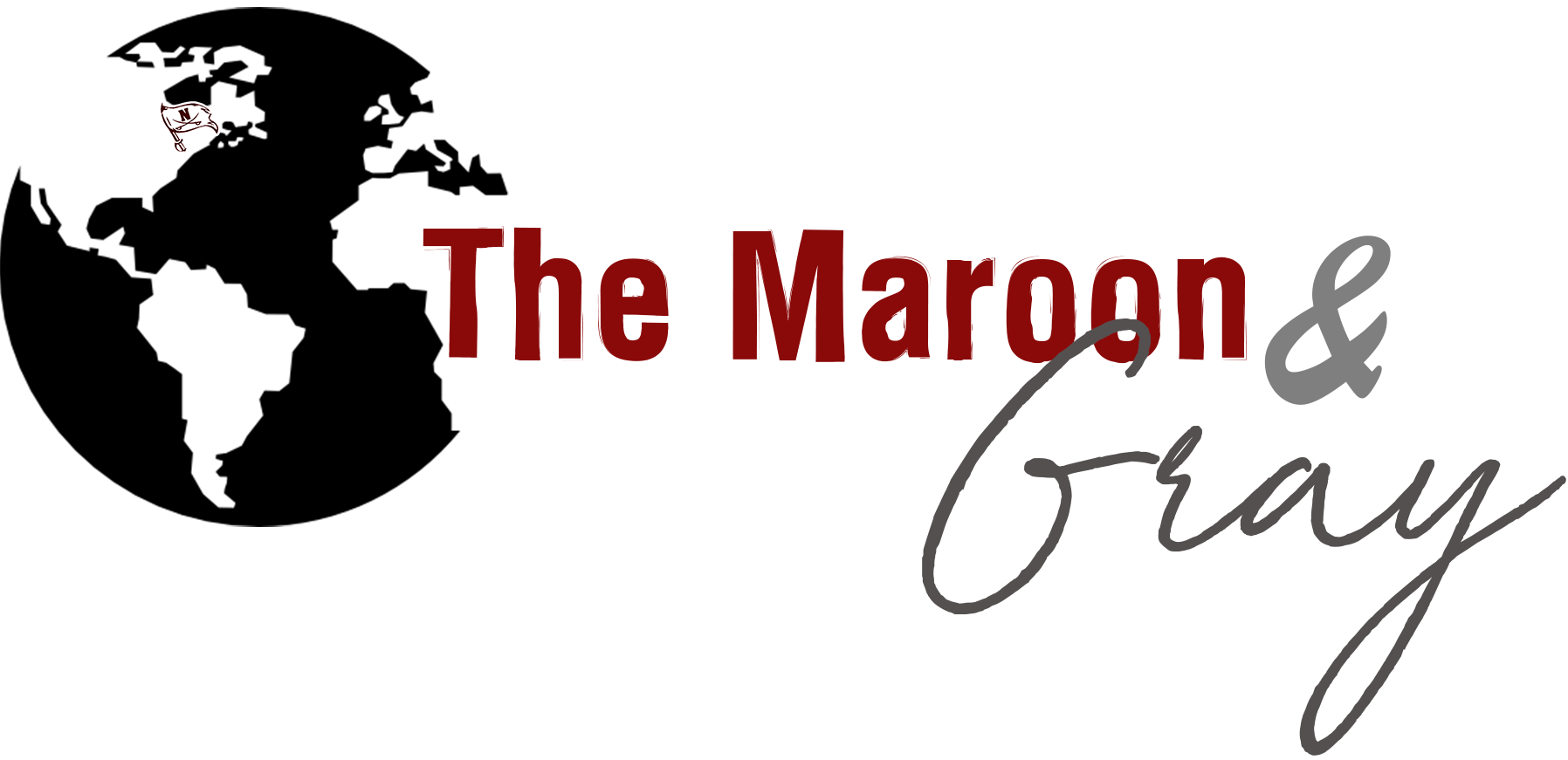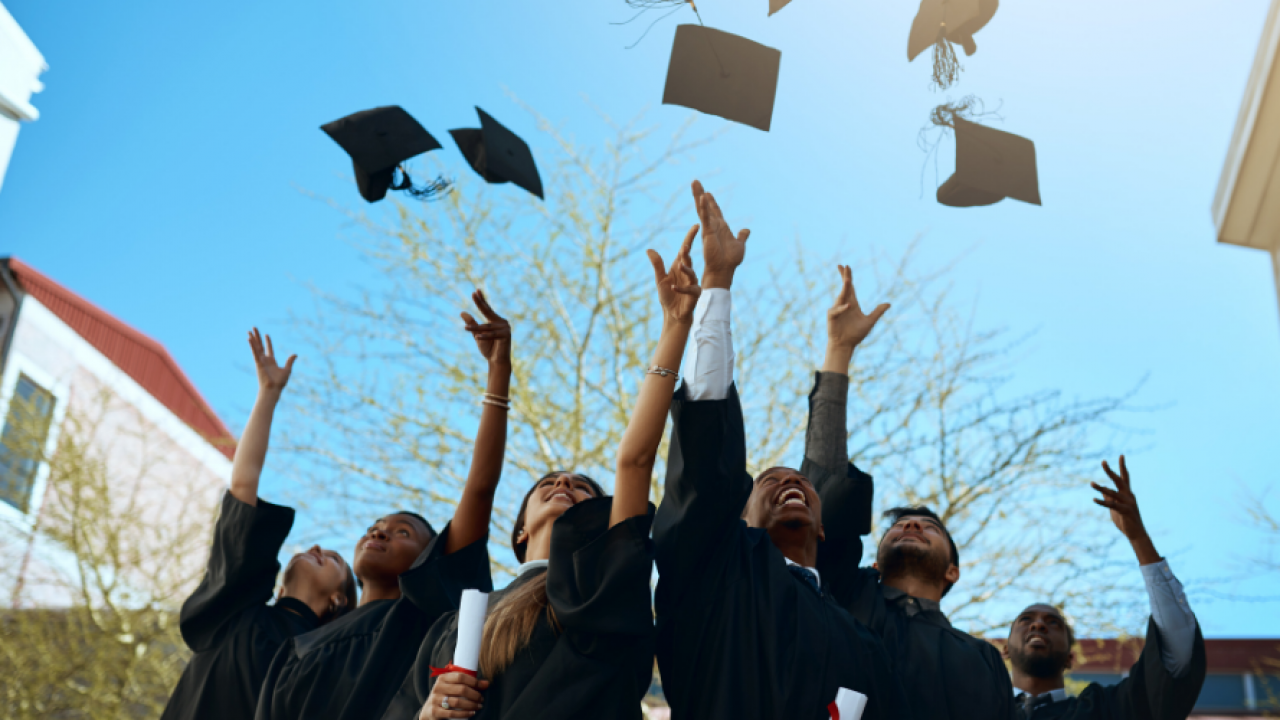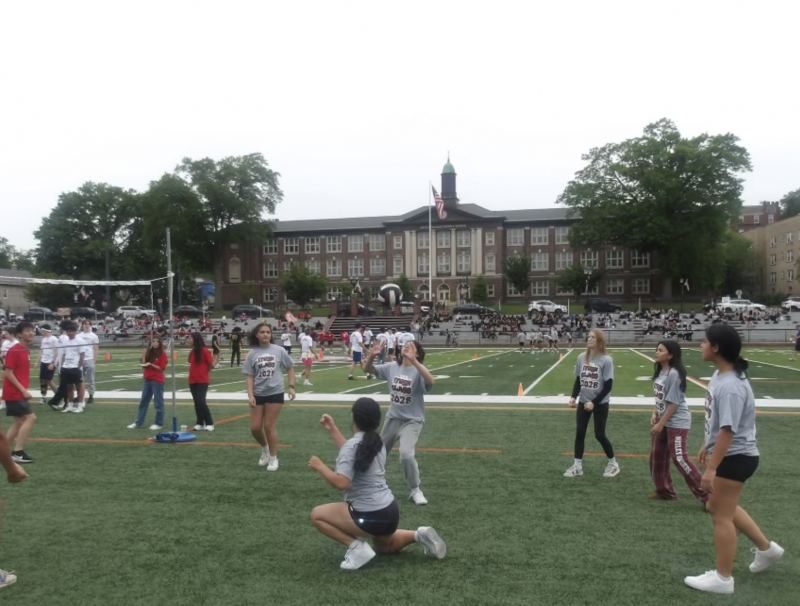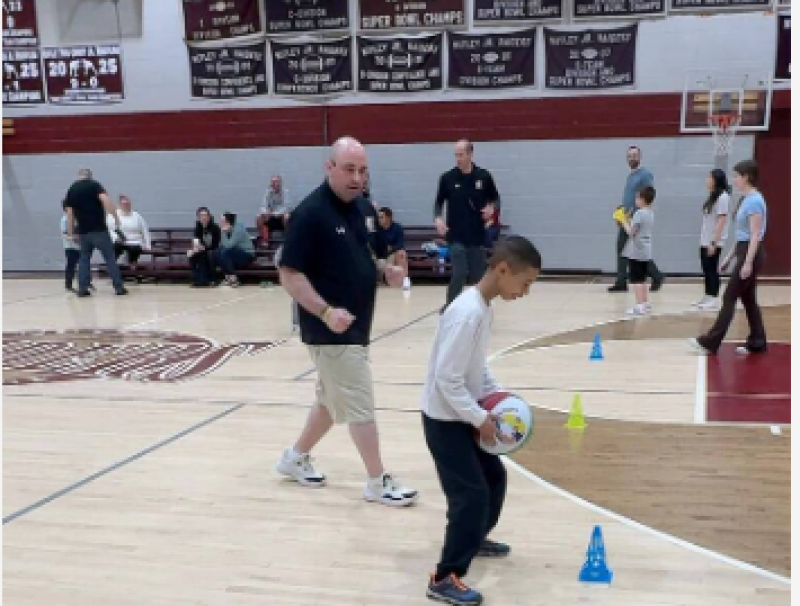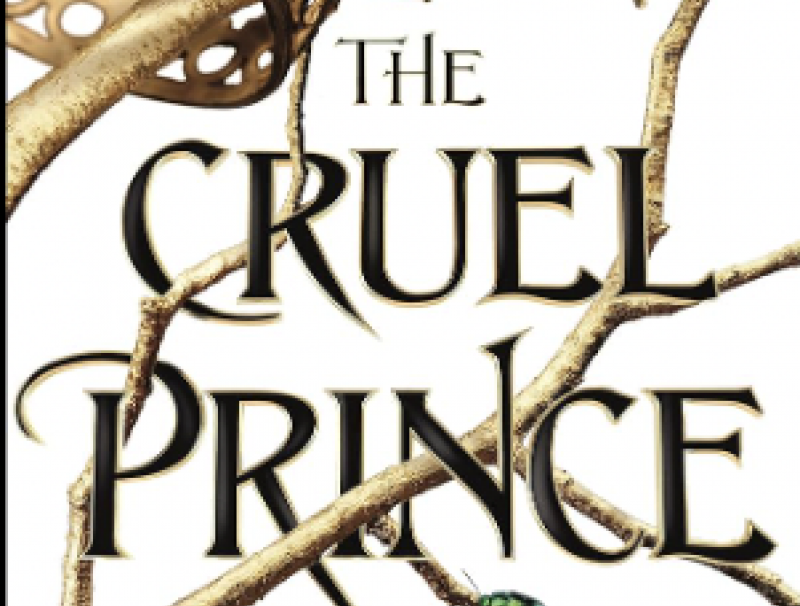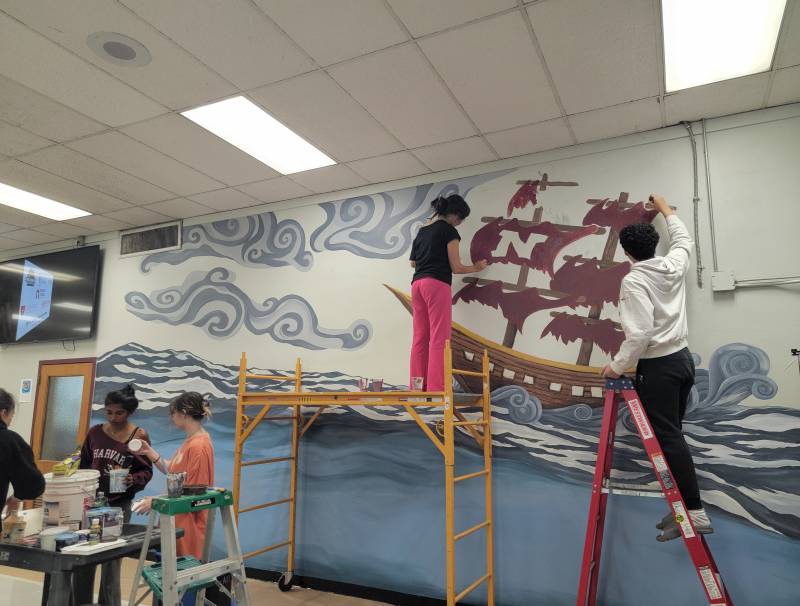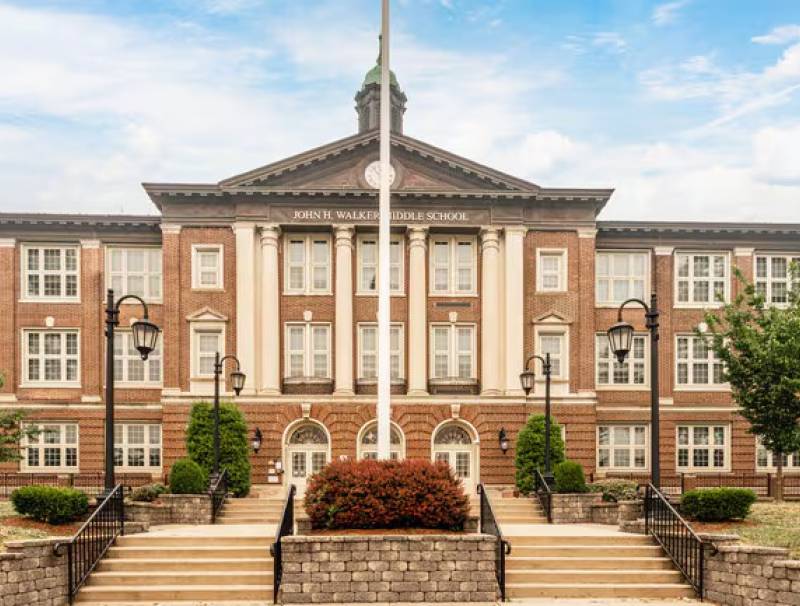All You Need to Know About Student Loans
As graduation is right around the corner, many seniors are looking into continuing their education this fall. In 2021, 61.8% of American high school graduates enrolled into a college or university. However, the tuition for post-high school education can be fairly expensive. According to NorthWestern Manual, the average cost at a public four year college for out of state students was roughly about $27,560 in the 2021 to 2022 school year. Multiply that by four years, and that’s over $110,000. Fortunately, student loans have you covered! They help make it more manageable to slowly pay off school debt. However, it’s important to know exactly how they work before jumping into the process.
Student loans can either be private or public. Public, also known as federal student loans, is when you’re borrowing money from the government. These loans can also come in two varieties, subsidized or unsubsidized. Subsidized meaning borrowers begin paying interest after a six month grace period. Only undergraduate students are eligible to receive these. Unsubsidized means that the borrower must pay the interest with no help. They can either pay the interest while in school or let it accrue until they graduate and then pay it off. Both undergraduate and graduate students are eligible for unsubsidized loans. To apply for federal loans, students must fill out the Free Application for Federal Student Aid (FAFSA).
Private loans, on the other hand originate with a bank, credit union or an online lender rather than the federal government. Students apply for these the same way you would apply for any other type of loan. Students fill out an application with a private lender, who then determines how much the rate will be. The interest rate on this type of loan could be fixed or variable, which means the rate may change over the course of the term of the loan. Borrowers may also have the option to start repaying the loan while still in school or to wait until after they graduate.
Between the two types of loans, public loans tend to be more preferable than private. This is because the federal government offers more flexibility when it comes to borrowing and repaying.
When paying back federal student loans there is a possibility to be granted with Public Student Loan Forgiveness, which relieves some of the borrower's balance if they take a qualifying public service job. Some private lenders may also offer options for students who are going through a financial hardship. For example, they could grant Graduated Repayment, which starts with a lower payment then gradually gets larger, Extended Repayment, which extends the timeline from the usual 10-year repayment period or Income-based Repayment plans, which set a monthly payment amount based on how much the student makes.
Thankfully, America makes it easy for students to continue on with their education, with many options and flexibility. By having this payment plan, there is a perfect option that works for everyone. This also encourages many people to go to a college or university and get their degree. Student loans give more opportunities and chances for all students to become successful and start the next chapter of their lives.
